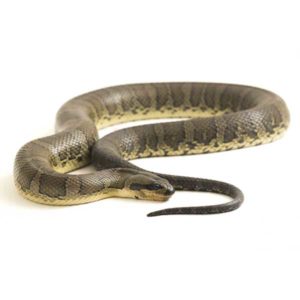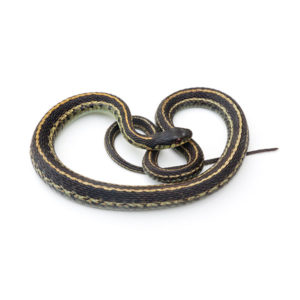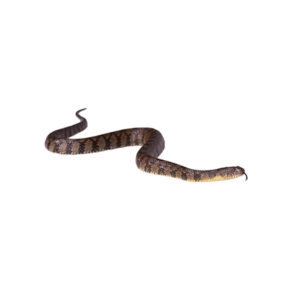Brown Snakes in Eastern Tennessee
Unlike the Australian brown snake, North American brown snakes are non-venomous and not particularly dangerous to humans. True to their name, they are brown in color with rows of dark spots and stripes down their backs. They are also on the smaller side, as they grow to be no more than 21 inches long. Brown snakes are often confused for copperheads, which is why so many are killed when seen in suburban areas.
Brown Snake Habitat
Brown snakes are commonly seen in residential or urban environments, as they prefer to spend time under trash rather than stones and rocks like other snakes. They prefer to venture out at nighttime, hibernate during the winter, and are hunted by birds of prey and even larger snakes. These secretive and shy snakes eat slugs, snails, earthworms, grubs, and beetles.
Brown Snake Behaviors, Threats, or Dangers
The brown snake is harmless to humans. It is often mistaken for the copperhead snake, which is venomous, and killed when they are spotted in suburban areas. However, these nonvenomous snakes lack the classic hourglass pattern found on copperheads. They can be beneficial in gardens as they feed exclusively on soft-bodied invertebrates such as slugs and earthworms. If you are having an issue with brown snakes on your property, it is best to consult a professional pest control company for removal.
Need help with Brown snakes?
We'll call you! Leave your information below.




